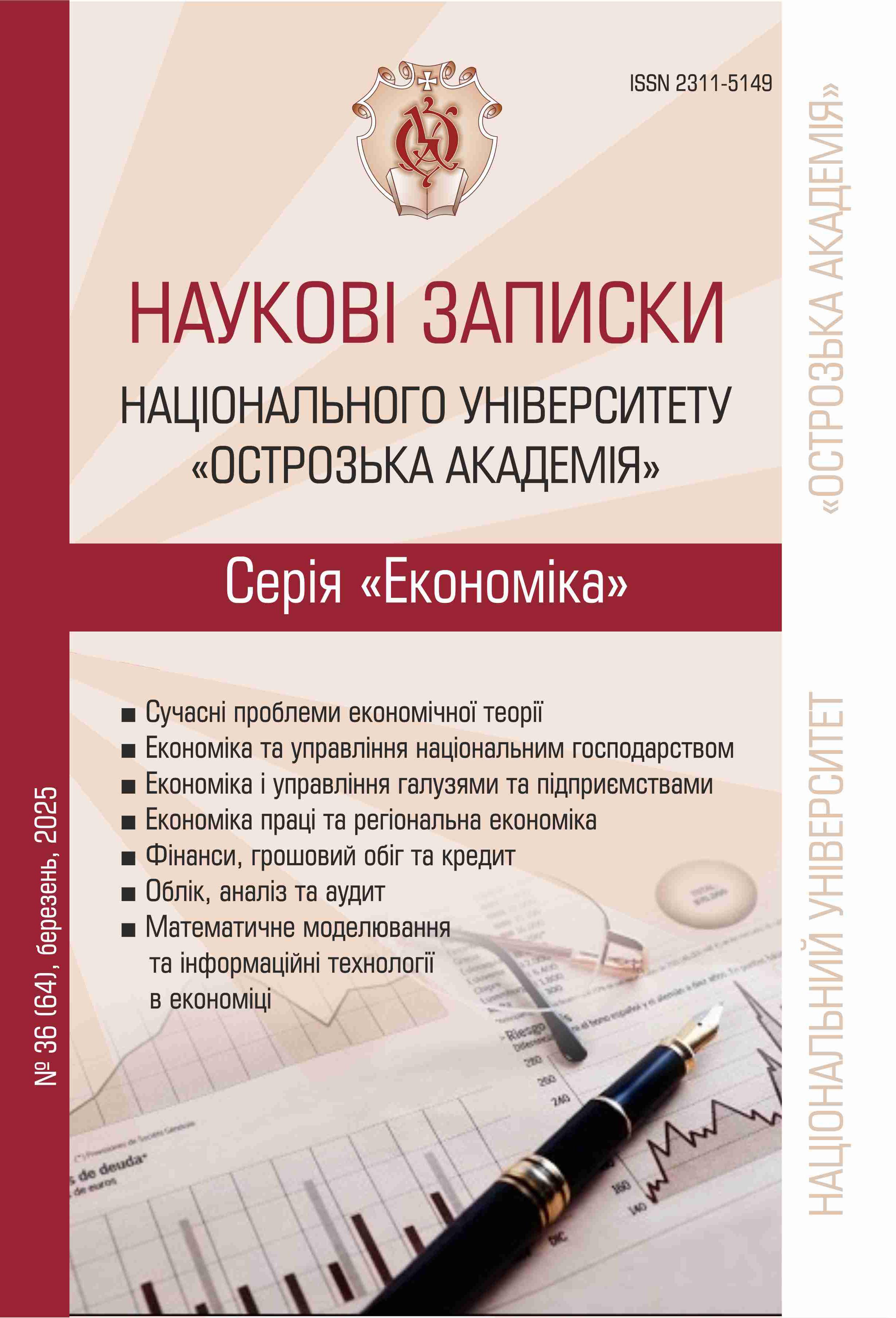DIAGNOSTICS OF THE POTENTIAL FOR STRATEGIC GUIDELINES IN THE DEVELOPMENT OF THE REGIONAL TOURISM INDUSTRY
DOI:
https://doi.org/10.25264/2311-5149-2025-36(64)-45-53Keywords:
strategic development guidelines, potential, tourism industry, region, factor analysisAbstract
The purpose of this article is a comprehensive diagnosis of the regional tourism industry’s condition to identify potential strategic development guidelines. The study involves analyzing key factors influencing industry dynamics, assessing competitive advantages and barriers, and identifying promising development directions. These directions aim to enhance the region’s tourist attractiveness, strengthen its economic potential, and foster integration into global tourist flows.
The article proposes using factor analysis to determine strategic guidelines for tourism industry development in Ukrainian regions. It outlines the main stages of factor analysis, from data set formation to results interpretation. The identification of key latent factors is shown to simplify analysis and support the development of effective strategic decisions in tourism.
Five main strategic guidelines were identified in the first period studied: economic and investment potential of the national market, the security situation (or crime level)², sanatorium and recreational infrastructure, regional scientific and educational potential, and internal tourist and excursion potential. In the second period, the structure of strategic guidelines transformed: internal tourism potential integrated into economic and investment potential, reducing the number of guidelines to four. This change over time indicates the dynamic influence of socio-economic and macroeconomic factors on regional development.
The analysis revealed that economic and investment potential and the level of security remain key factors influencing tourism industry development. Measures identified to increase regional competitiveness include stimulating investments, improving security, modernizing recreational infrastructure, and developing scientific and educational potential.
The practical significance of the results is demonstrated by their ability to: identify key factors determining regional development across different periods; help identify trends and assess the effectiveness of previously implemented management decisions; support the formation of adaptive development strategies based on real socio-economic changes; and allow prediction of further changes based on the evolution of strategic guidelines.
The identification of primary strategic guidelines enables the effective allocation of resources towards the most crucial areas of the region’s tourism industry. The analysis results confirm that the identified structure of strategic development guidelines accurately captures the overall picture of regional development, facilitating sound strategic planning.


